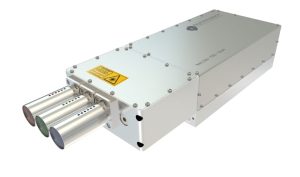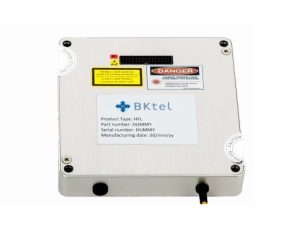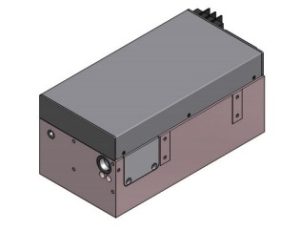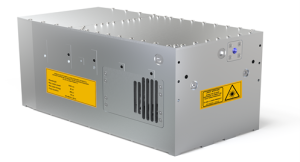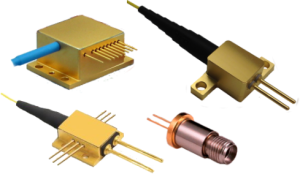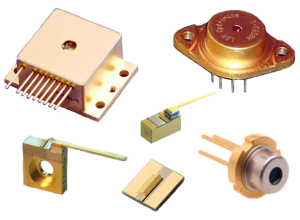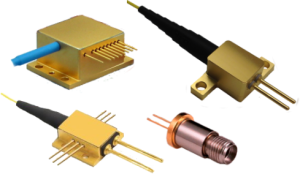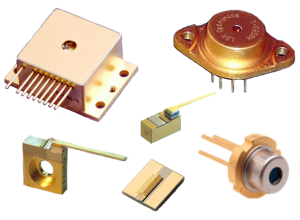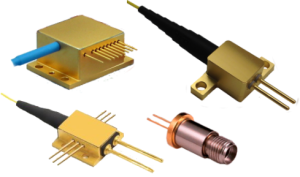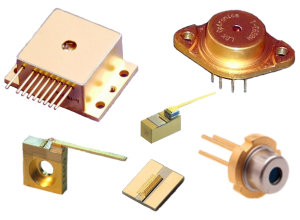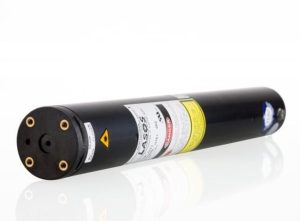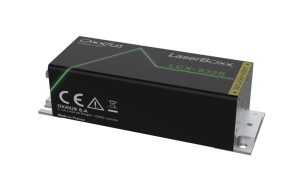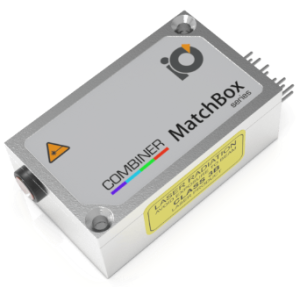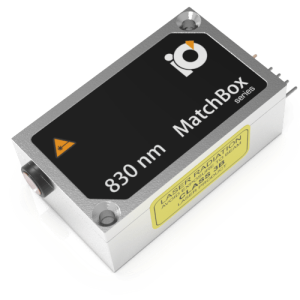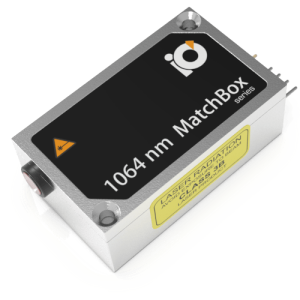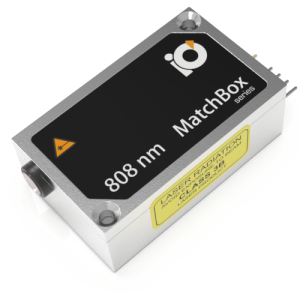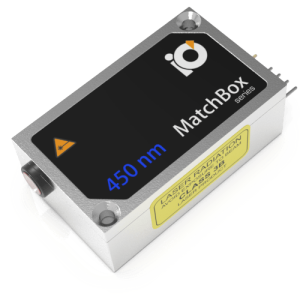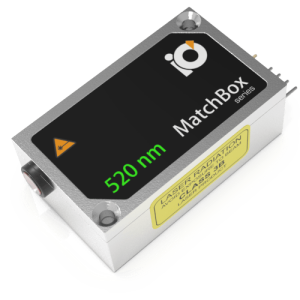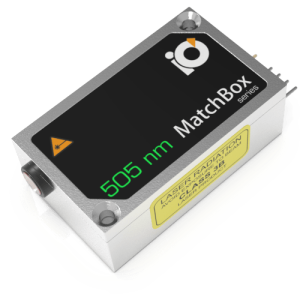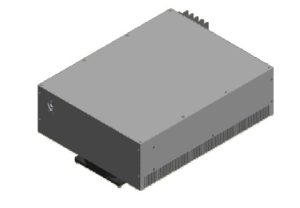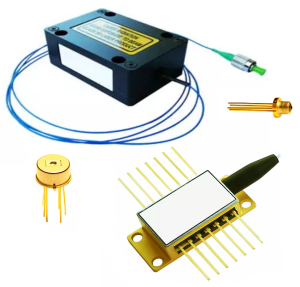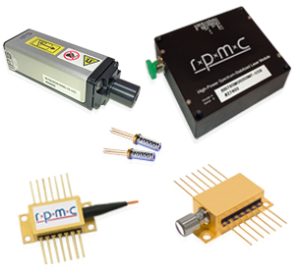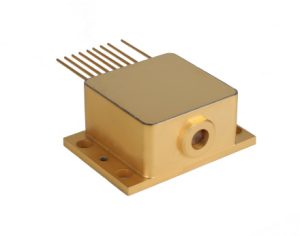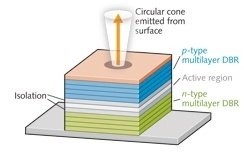Measurement & Analysis Lasers provide researchers and scientists with precise, reliable tools across studies in physics, chemistry, atmospheric science, and material characterization. These lasers support high-resolution data collection and analysis in diverse applications like dynamic light scattering, infrared absorption spectroscopy, laser Doppler velocimetry, DIAL LIDAR, and photoluminescence. With single longitudinal mode (SLM), narrow linewidth, and fiber-coupled options, these systems are designed to meet the varied needs of scientific and industrial research. From compact, customizable modules to fully-integrated turnkey solutions, these lasers enable high-performance capabilities essential for advancing knowledge and innovation in both laboratory and field environments.
Measurement & Analysis Applications
Dynamic Light Scattering Lasers: Dynamic light scattering is a method for determining the size of particles suspended in a solution. This process utilizes the inherent Brownian motion of particles in solution, by looking at the temporal variations in laser light scattered off of these particles. Dynamic light scattering lasers must have a high quality TEM00 beam profile, narrow linewidth (SLM), and a stabilized wavelength.
DIAL Lasers: Differential absorption lidar (DIAL) is a method which allows for stand-off detection of aerosols and gasses in the atmosphere. In this application, two different lasers sources are used, one which matches an absorption band of the molecule of interest and one which is slightly outside of that band. Because of the wide variety of deployment methods, DIAL lasers are also varied widely from low powered diodes to high powered fiber lasers (typically CW, SLM, single-mode).
Infrared Absorption Spectroscopy Lasers: Infrared absorption spectroscopy takes advantage of the fact that all covalently bonded molecules have vibrational absorption bands whose energy corresponds to infrared wavelengths with overtones in the near infrared. Depending on the set-up, infrared absorption spectroscopy lasers can either be fixed wavelength or tunable but in either case; they must be wavelength stabilized to assure accurate and repeatable results (typically CW, SLM, single-mode, IR).
Laser Doppler Velocimetry Lasers: Laser Doppler Velocimetry is a method for measuring the velocity of transparent, or semi-transparent fluids. This process relies on a shift in frequency of the output beam to calculate the speed at which the fluid is moving. Since this change in frequency tends to be relatively small, it is essential that the laser source is highly coherent and stable. For this reason, single-frequency continuous-wave laser sources are ideal (typically CW SLM, single-mode, UV, green, IR).
Photoluminescence Lasers: Photoluminescence is a broad term for exciting light emission from a material utilizing a short-wavelength light source as the excitation source. Photoluminescence lasers are typically laser diodes or ns pulsed DPSS lasers, emitting short wavelengths in the UV or Blue spectral regions, utilized for measuring a semiconductor’s bandgap, for example.
Let Us Help
With 1000s of fielded units, and over 25 years of experience, providing OEMs, contract manufacturers, and researchers with the best laser solution for their application, our expert team is ready to help! Working with RPMC ensures you are getting trusted advice from our knowledgeable and technical staff on a wide range of laser products. RPMC and our manufacturers are willing and able to provide custom solutions for your unique application.
If you have any questions, or if you would like some assistance please contact us. Furthermore, you can email us at info@rpmclasers.com to talk to a knowledgeable Product Manager.
Check out our Online Store: This page contains In-Stock products and an ever-changing assortment of various types of new lasers at marked-down/discount prices.
We’re experts at helping select the right configuration for you!
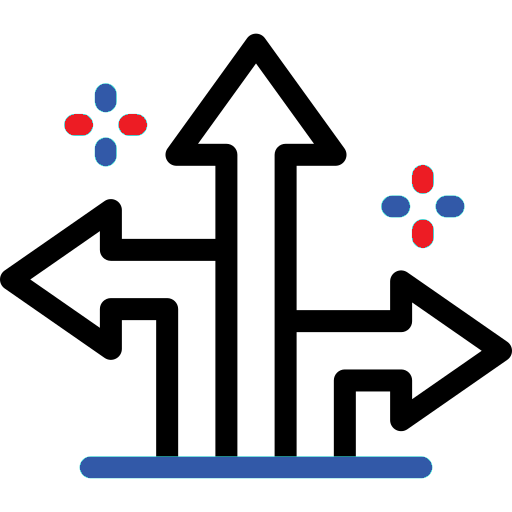
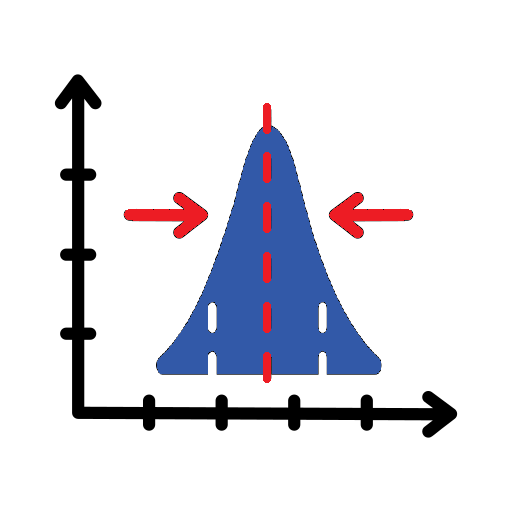


 SHIPS TODAY
SHIPS TODAY 
